This interview was originally published by the Huffington Post on 9/30. It is reposted here with permission.
—
Co-authored with Dr Yasmine Van Wilt, Fellow of the Royal Society of Arts, Mellon Fellow at Union College, Kobalt/AWAL recording artist, dramatist, artist, academic, and contributor to Arianna Huffington’s Thrive Global.
This is the seventh of a series of interviews with extraordinary people who are using their skills and training as artists and humanists to improve their communities, challenge assumptions, and advance our understanding of the human condition.
Rebecca Kamen, sculptor and lecturer on the intersections of art and science, seeks ‘the truth’ through observation. Informed by research into cosmology, history, and philosophy, her work connects common threads that flow across various scientific fields to capture and re-imagine what scientists see. She has researched on collaborative projects at the Center for Astrophysics at Harvard University, the Kavli Institute at Massachusetts Institute of Technology, Rochester Institute of Technology, the Cajal Institute in Madrid, The American Philosophical Society Library and the Neuroscience Program at the National Institutes of Health, where she was artist in residence in 2012. Her artwork has been exhibited both nationally and internationally.
Kamen is the recipient of many awards and fellowships including a Chemical Heritage Foundation Travel Award and a Pollack-Krasner Foundation Grant. Selected as a Salzburg Global Seminar Fellow in 2015, she was invited to Austria to present her work as part of a seminar titled: The Neuroscience of Art: What are the Sources of Creativity and Innovation. As Professor Emeritus at Northern Virginia Community College, her research and lectures explore how the arts and creativity can enhance innovation and the understanding of science. Professor Kamen holds a BS in art education from Pennsylvania State University, MA in art education from University of Illinois, and an MFA in sculpture from Rhode Island School of Design. www.rebeccakamen.com
*****
CH: Thank you, Rebecca, for taking the time for this interview. Could you tell us how your journey into the worlds of art and science started?
It Started with Chemistry
I fell in love with chemistry when I was a little girl: I spent my childhood examining the world of elements with a simple chemistry set. I had a voracious appetite for learning that helped me build bridges between seemingly disparate disciplines such as astrophysics and neuroscience. I feel the awe and wonder, still, as I continue to explore.
In 2007, I created the installation Divining Nature: An Elemental Garden because I became re-energized by the periodic table. My memory of it took me back to 11th-grade science class. The room held tantalizing smells, test tubes, and Bunsen burners. Magic happened there. It was also the place where the periodic table cast a pall across the room, its rigid, gridded chart of letters and numbers glared down on us from the wall at the front of the classroom. I was taught science through the drill and kill method in the 50s. We were not taught to see how things interrelate. I memorized all the numbers on the periodic table, but never derived personal significance.
CH: How did your awe for the magic and meaning of chemistry begin to influence your art practice?
As the periodic table flitted through my consciousness, I had a better understanding of life. I looked at it with an artist’s eyes. I knew that it would be my first foray into transforming something perceived as rigid. My initial research started at the Chemical Heritage Museum in Philadelphia. I pored over manuscripts and researched rare alchemy books.
Travel to India and Bhutan provided additional insight and inspiration for the development of the project. Buddhist mandalas represented a cosmological view of the universe, influenced the layout and the concept for the elemental garden. Because gardens have always served both functionally and metaphorically as a crossing of art and science with nature for me, they represent metamorphosis. Matter changes from one state into another. Divining Nature: An Elemental Garden reconstructs chemistry’s periodic table of letters and numbers into a garden of sculptural elements based on geometry and atomic number.
While working on this project, I also discerned a need for sound, something that would give the installation additional meaning in this unique interpretation of the periodic table. Bio-musician Susan Alexjander created a haunting soundscape for it. The mysterious wave frequencies emitted from the atoms in the elements formed a perfect partnership for my sculptural installation. And this three-dimensional art installation invited people to experience the periodic table in a new, dynamic way
CH: You have also been inspired by the history of science, with manuscripts and drawings serving as your artistic muses. Can you tell us a little bit about this journey?
The books at the American Philosophical Society (APS) Library in Philadelphia were no different, and they inspired me to pursue my interests in science and its history. As an artist in residence there, I examined some of Benjamin Franklin’s works. Franklin founded the APS in 1743. Some of his scientific curiosity is displayed in papers and drawings, which include electricity, meteorological phenomena, and mathematics. And the books I selected from APS library demonstrated the extent of scientific discovery dating back to the 17th century and includes such fields as astronomy, biology, geology, and beekeeping.
It was at APS where I had one of my epiphanies. I was looking at these innate, visceral drawings that captured the details before the advent of the camera. Lewis and Clark’s sketchbooks, the incredibly meticulous bug drawings of John LeConte, and John Benbow’s sketches in the Bee Book left me humbled and inspired. Hydrologist Luna Leopold’s beautiful river drawings made me reimagine my own work as an artist. These intricate river maps illustrating the layers of scale and elevation of a specific landscape, have had a profound effect on the development of this series of work. These authors recorded history not only with the written word but also through delicate, executed form. And I realized then how the camera changed the way scientists viewed their work.
CH: You were an Artist-in-residence in the Neuroscience Program at the National Institute of Health. Could you tell us how this came about and how it influenced your artistic trajectory?
My journey took a unique twist in 2011. I presented a lecture at the National Institutes of Health (NIH), which was an initial impetus for a series of sculptures. The lecture caused an attendee to ask me to examine some drawings of Santiago Ramón y Cajal. I found it fascinating that Cajal, a neuroanatomist, began his early education as an artist. He won the Nobel Prize in 1906 for his discovery of the neuron and is considered the father of modern neuroscience.
What influenced me as an artist, was that Cajal appreciated the placement of every line, and his attraction to photography, particularly stereographic photography, also allowed him to establish skills to analyze flattened microscopic substances on histological slides, and to decipher and comprehend them dimensionally. Examining his rich archives, it was easy to see how his artistic training as a child improved and provided his capacity as a scientist, to make the invisible, visible.
This awareness of Cajal’s investigation of the retina inspired the creation of a sculpture I titled Illumination. And this piece led me to become the artist in residence in the neuroscience program at the National Institute of Health in 2012. This residency offered a fertile ground for the conception of a new series of sculptures inspired by Cajal’s research, a chance to observe the special collections at the National Library of Medicine, and to be stimulated by the conversations with NIH scientists about their research.
The culmination of my research was an invitation to lecture at the Instituto Cajal in Madrid in early 2013. This afforded an exhilarating opportunity to examine the encyclopedic archives of Cajal. His drawings and research continue to be my “muse” in the advancement of ongoing artwork.
CH: What comes to mind when you think of Albert Einstein?
When I think of Einstein, Gedankenexperiment (or thought experiment) comes to mind. Imagine if you were 14 years old again, and you have discovered magic! While riding your bike one day, you think about what it would feel like to ride on a wave of light. That was the epiphany Einstein had as a child. At that moment, the seeds for his discovery of general relativity theory came to the forefront of his mind. It sustained him through his whole professional career, won him a Nobel Prize in 1921, and changed history as we know it.
The sculpture and sound installation, Portal, emanates from Einstein’s theory of gravitational waves, interprets the tracery patterns of the orbits of binary black holes and the outgoing wave of this astronomical phenomenon. I have included fossils as evidence of similar patterns found within micro and macro scales to construct an observable dialogue between space-time and geological time. The original impetus for Portal was a sequence of intricate wire sculptures that investigated my view of Einstein’s exploration on special relativity, exhibited at the American Center for Physics in 2005.
As noted earlier, the investigation of rare books and manuscripts at the APS Library contained an opportunity to analyze the notebooks of John Archibald Wheeler. A colleague of Einstein’s, Wheeler made compelling advancements to astrophysics and researched gravitation and coined the terms “black hole” and “dark matter.” The notebooks brimming with professional and personal memorabilia and his lecture and research notes designed a portal of possibilities for the artistic interpretation of the physics.
“To raise new questions, new possibilities, to regard old problems from a new angle, requires creative imagination and marks real advance in science.” — Albert Einstein
CH: What would you say to students and young professionals who are interested in both the arts and the sciences? How do they fit together and what has been their influence on your career path?
By conducting extensive research, I have realized that before the advent of the camera, scientists were artists. They created beautiful paintings and drawings to represent what they examined. I verified my findings in conversation with a discussion with the late Nobel Laureate, and American physician and geneticist, Baruch Blumberg. According to Blumberg, science is an illusion—very much like magic. Scientists and artists have intuitions about certain things, which provides the basis for their research. Both disciplines conduct experiments and collect data in a manner that tries to support the illusion, creating a path for making the invisible, visible.
For me, these disciplines fit collectively. Students and young professionals will find that collaborating with other artists, dancers, musicians, and poets can enhance your art practice and provide greater meaning to those who view the work. These artists have insights that can complement your own and together they can provide new and exciting ways to interpret science. Our projects become multi-referential because they create bonds between various scientific fields and historical and cultural references.
CH: To conclude, people have called your work visionary. Do you agree?
My seeing seemingly disparate disciplines as interwoven perhaps appears visionary to some. For me, it is just how I perceive and understand the world. I seek out scientists who come from contrasting disciplines and have deep, meaningful conversations with them. I observe their research problems through a different lens, and I see possibilities as I view across the many disciplines I’ve encountered. I see how relevant it is by humanizing science and by making it accessible to everyone.
*****
This Interview Series is a co-production of the forthcoming book on How Extraordinary Partnerships with the Arts and Humanities Are Transforming America.
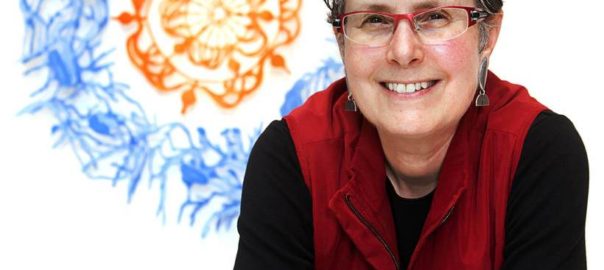
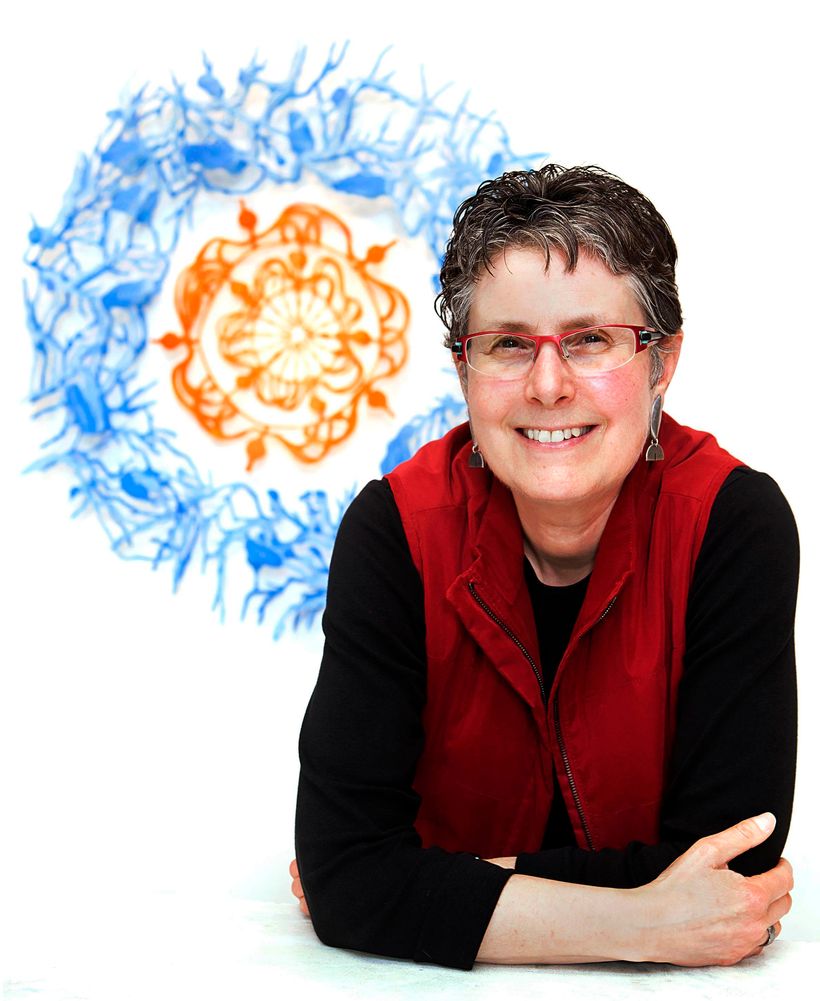
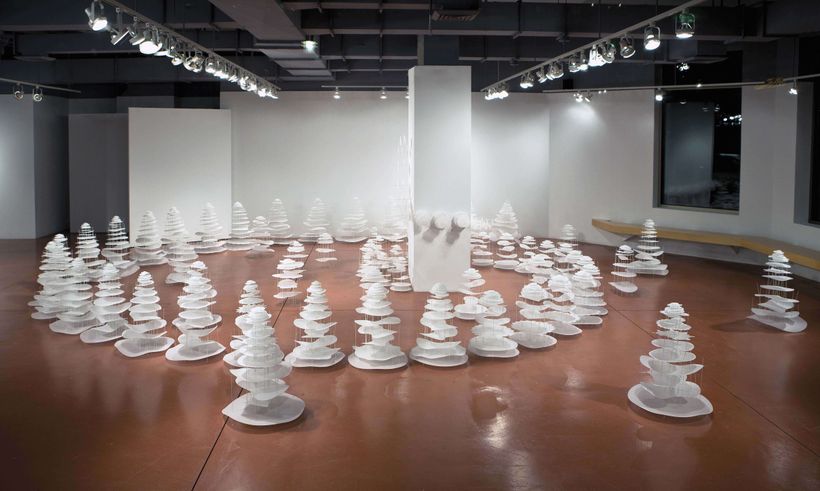
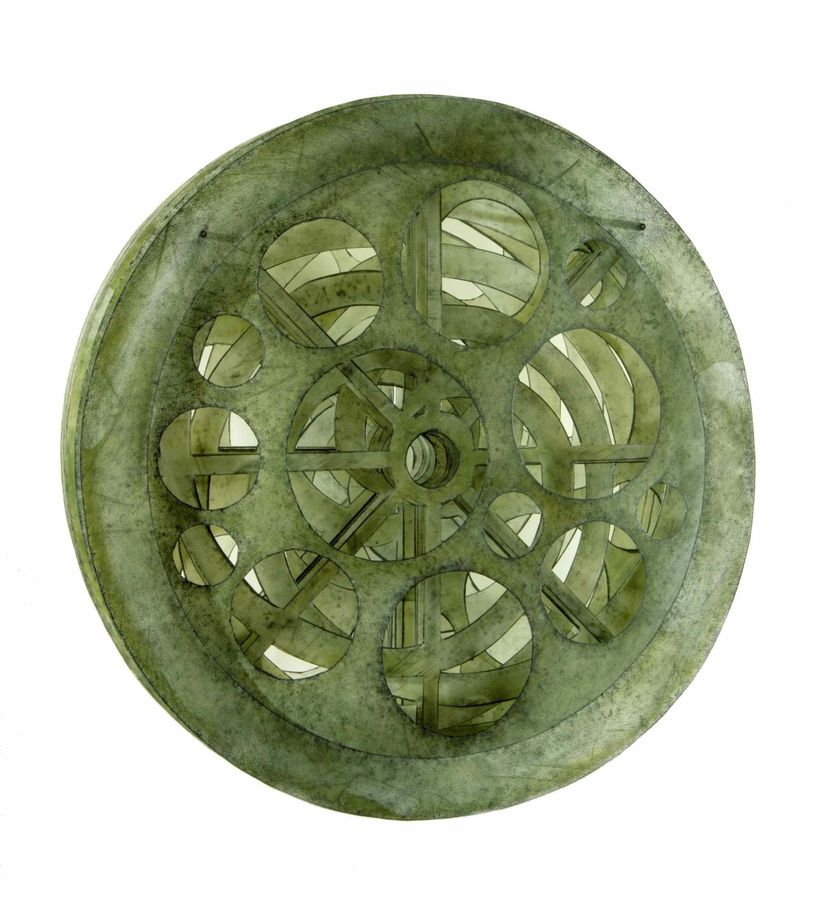
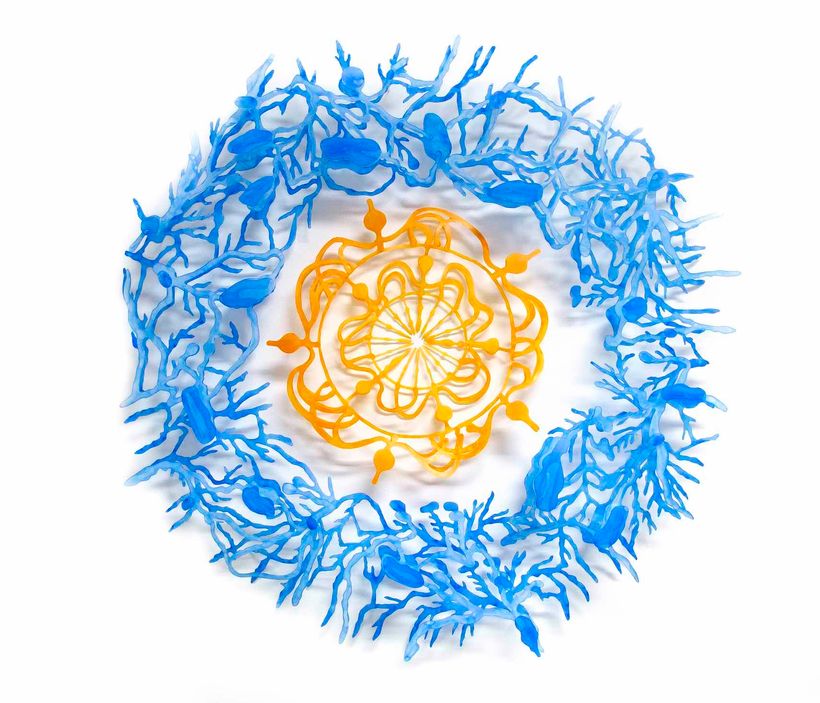
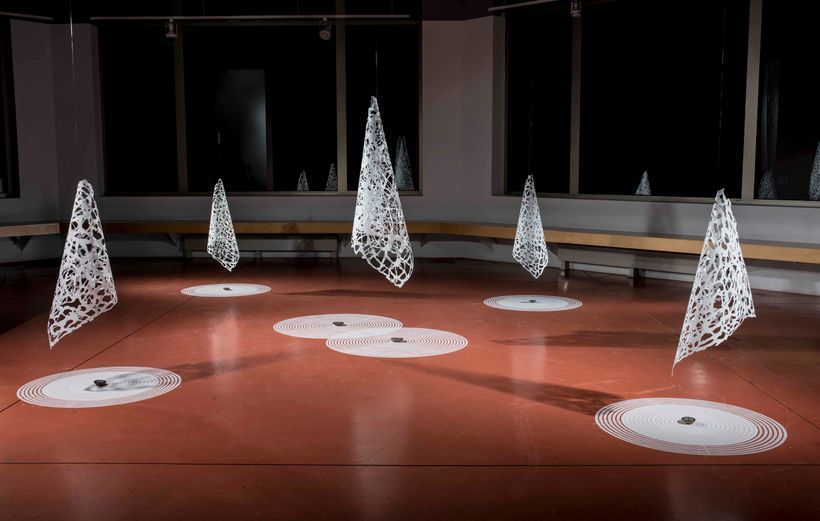
I just retired from a 40 -year career of teaching and research in the Earth Sciences at Syracuse University. I was excited to finally be able to attend seminars and courses in the humanities and arts, something I never could do given the intensity of my prior position. Now I find that humanities at SU deals solely with cultural grievances of all kinds (but for the performing arts, some of which remain interested in beauty and form).
So I don’t participate because I am interested in intersections of the arts, human condition and science, and not only in the context of societal grievances. I remember over 50 years ago when I took a course in music appreciation that tied the music to politics, science and the rest of each era. The course transformed me. I thought THIS marked the humanities and almost changed my career path. Not true now. So, I’m focusing on personal musical performance as my entry into the humanities now, and am linking science with some of my jazz compositions.
You do very interesting art indeed! Bravo. Innovative but with beauty. I once saw a definition of art at MOMA as “anything that invokes emotion”, and so a toilet filled with cigarette butts was put onto display. The emotion?–disgust. Art? I don’t think so but MOMA did.